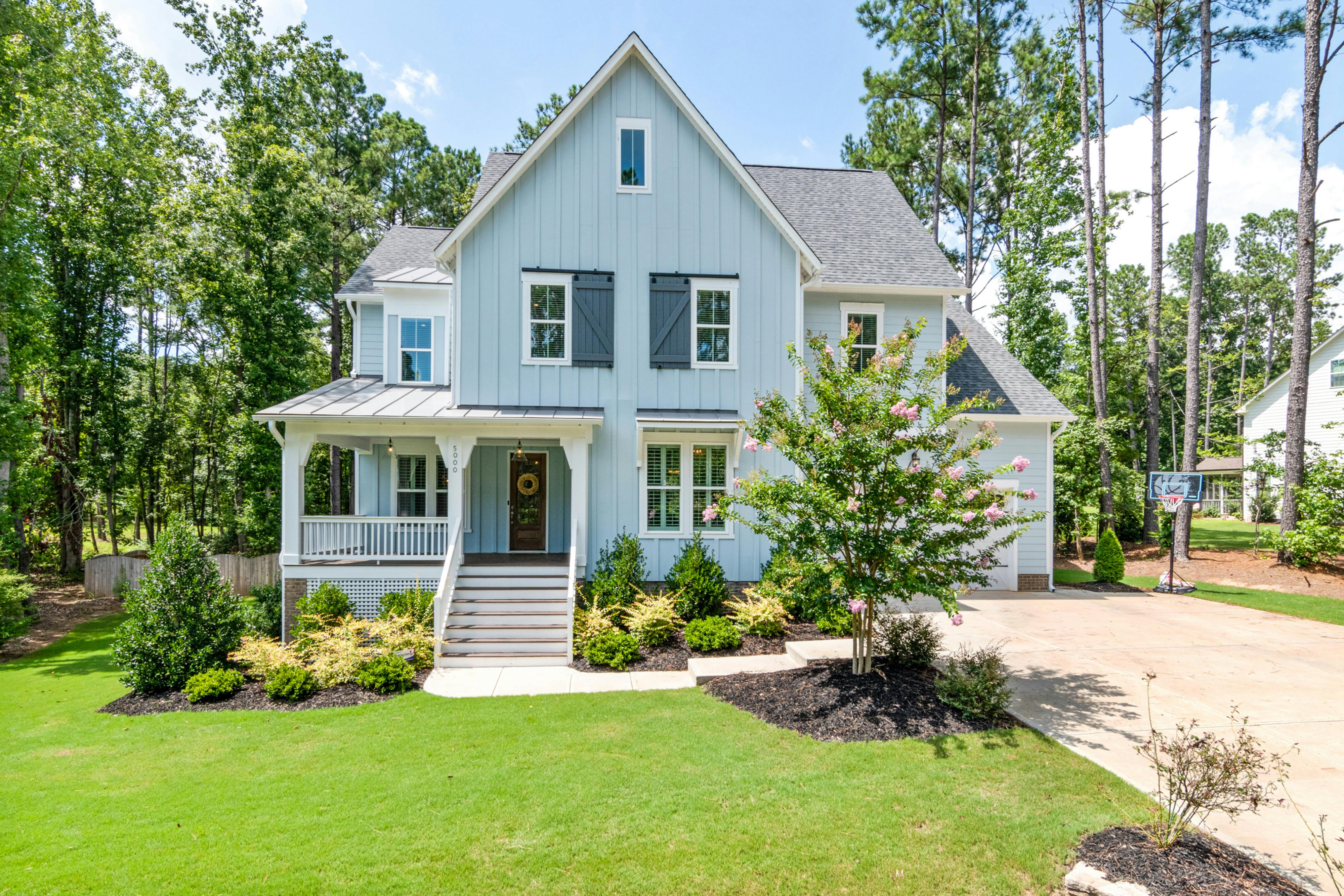Looking for a wheelchair ramp design that works for your home or building? There are different options for common stationary ramps. Whether you intend to build a ramp yourself or are looking to purchase a ramp, this article will explore some of the common ramp types and general wheelchair ramp design considerations.
ramp types
Three of the common types of ramps you’ll come across are straight, switchback, and wraparound. Each ramp design can have a purpose, depending on the location and the wheelchair users involved.
Straight ramps are a relatively simple wheelchair ramp design and may be the best option if you want to build a ramp yourself. It’s also a common style for ramps that you can buy. It is a straight line that slopes upward from the ground to the landing and usually has handrails, but some portable ramps and ramps that are of a mechanical design may be shorter and may not have handrails. You can see straight ramps made of almost any material, but especially wood or metals like aluminum and steel. Track ramps are a common form of straight ramp.
Weaving ramps are also common. Why zigzag when you can form a straight line? Depending on the height of the destination, if the design is to comply with building codes, it can only be so steep. In order to have a slope that is reasonable and passable for wheelchair users, the ramp might in some cases have to be incredibly long. This is not always possible given the size of the property involved. The solution? A long one that’s basically accordion folded so it zigzags. They can be gently tilted and not take up so much space at the same time.
Wraparounds work on a similar principle to zigzagging. Instead of a design that runs in a straight line, it is wrapped and integrated into the house or building for a more convenient, but also more elegant design. Zigzag and wraparound ramps can be seen especially in wood and concrete. Since concrete is more durable and lasts longer, you will see ramps made of this material more often in public places.
general ramp design
To design a wheelchair ramp, you must build it to code. This includes local building codes as well as national standards created by the Americans with Disabilities Act (ADA). These rules apply to public and private residences that have wheelchair ramps. You must comply with code for the proper slope and rise of the ramp design, the correct minimum width of the ramp, the size of landings and transitions, and the use and height of handrails. You can also check the ADA website for free wheelchair ramp designs online to help you with your design.
Consider the building and the surrounding space for the correct design of the wheelchair ramp, as well as its users. Straight, zigzag, and wraparound ramps all serve a function, and one of these designs may be perfect for your property.




